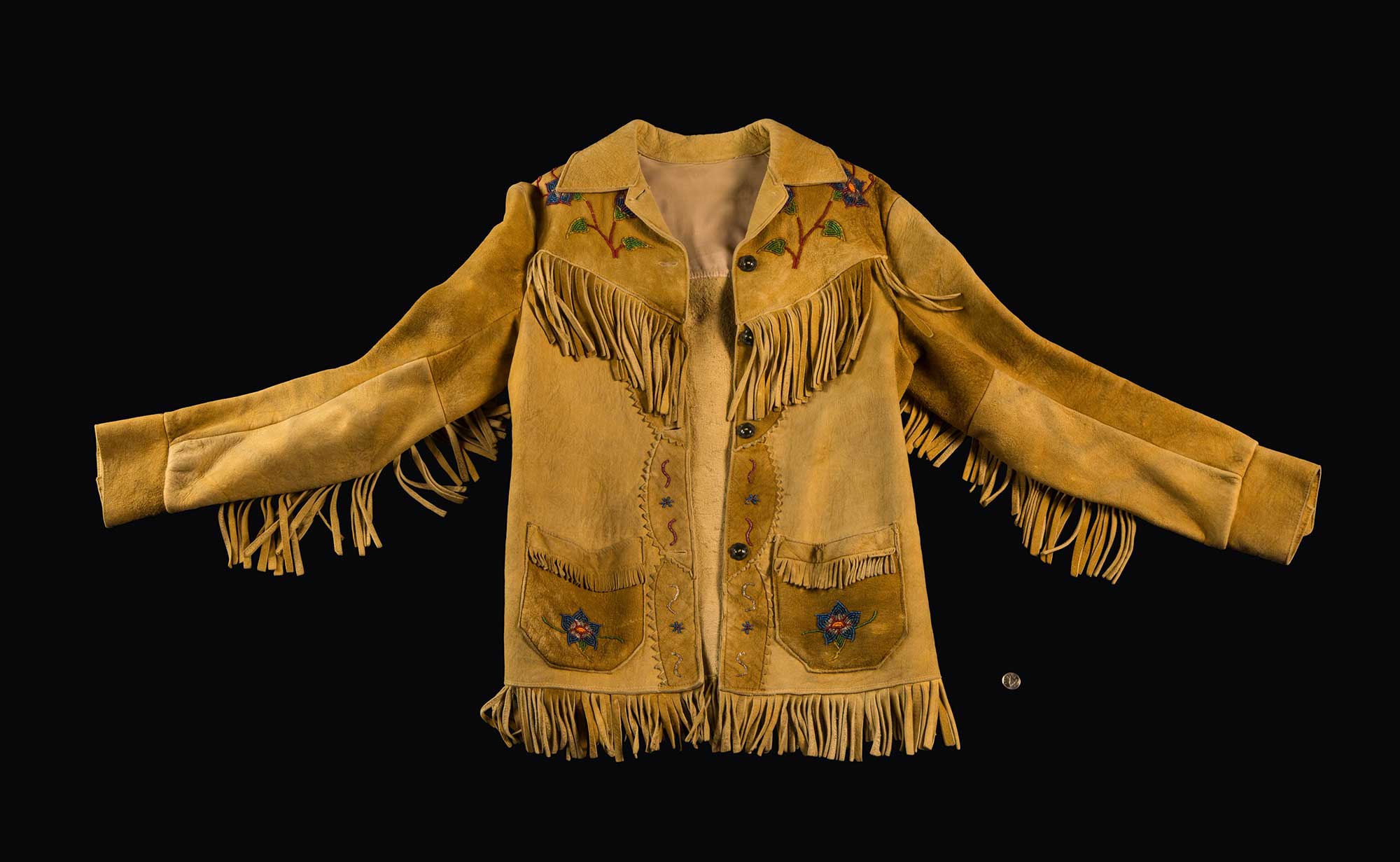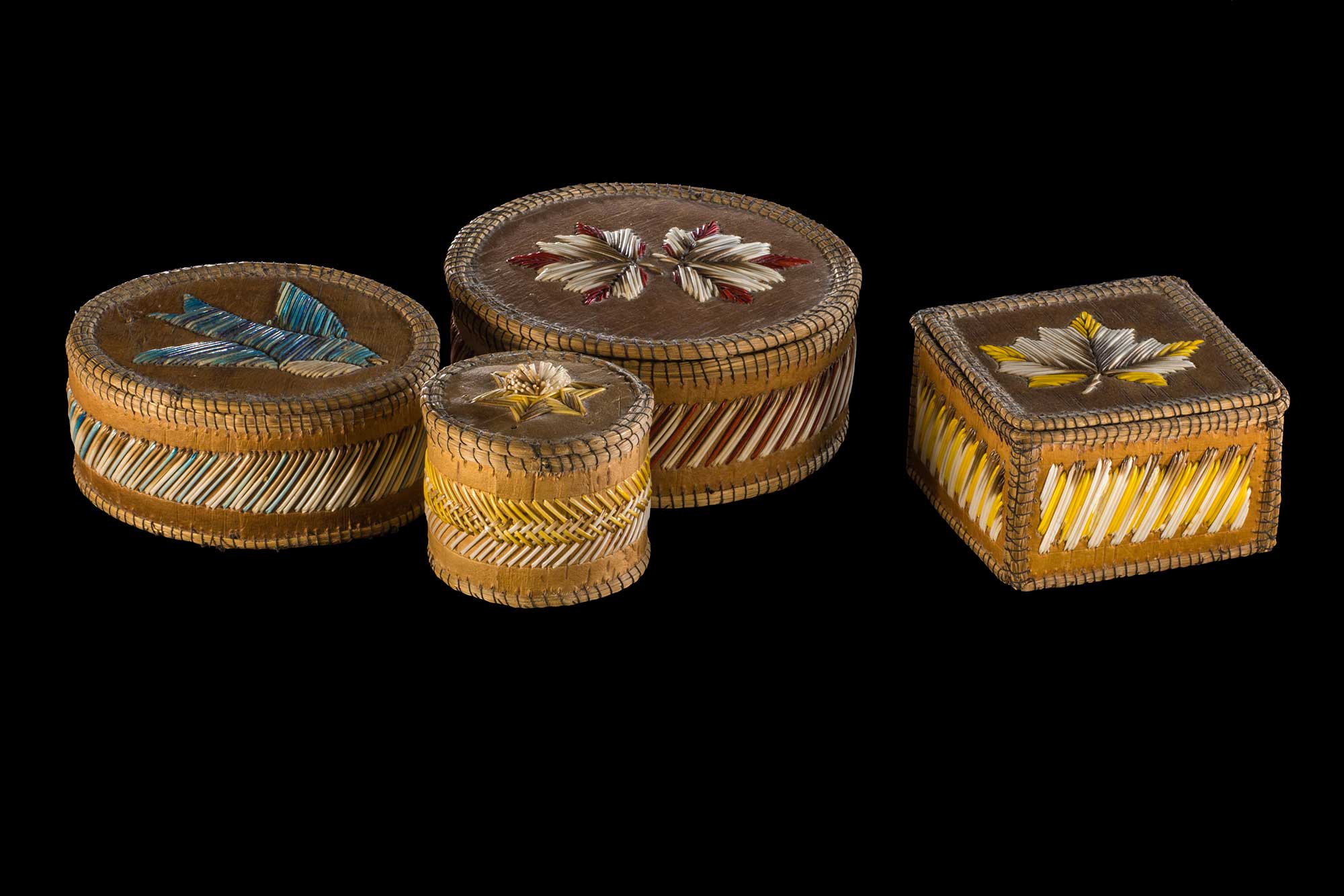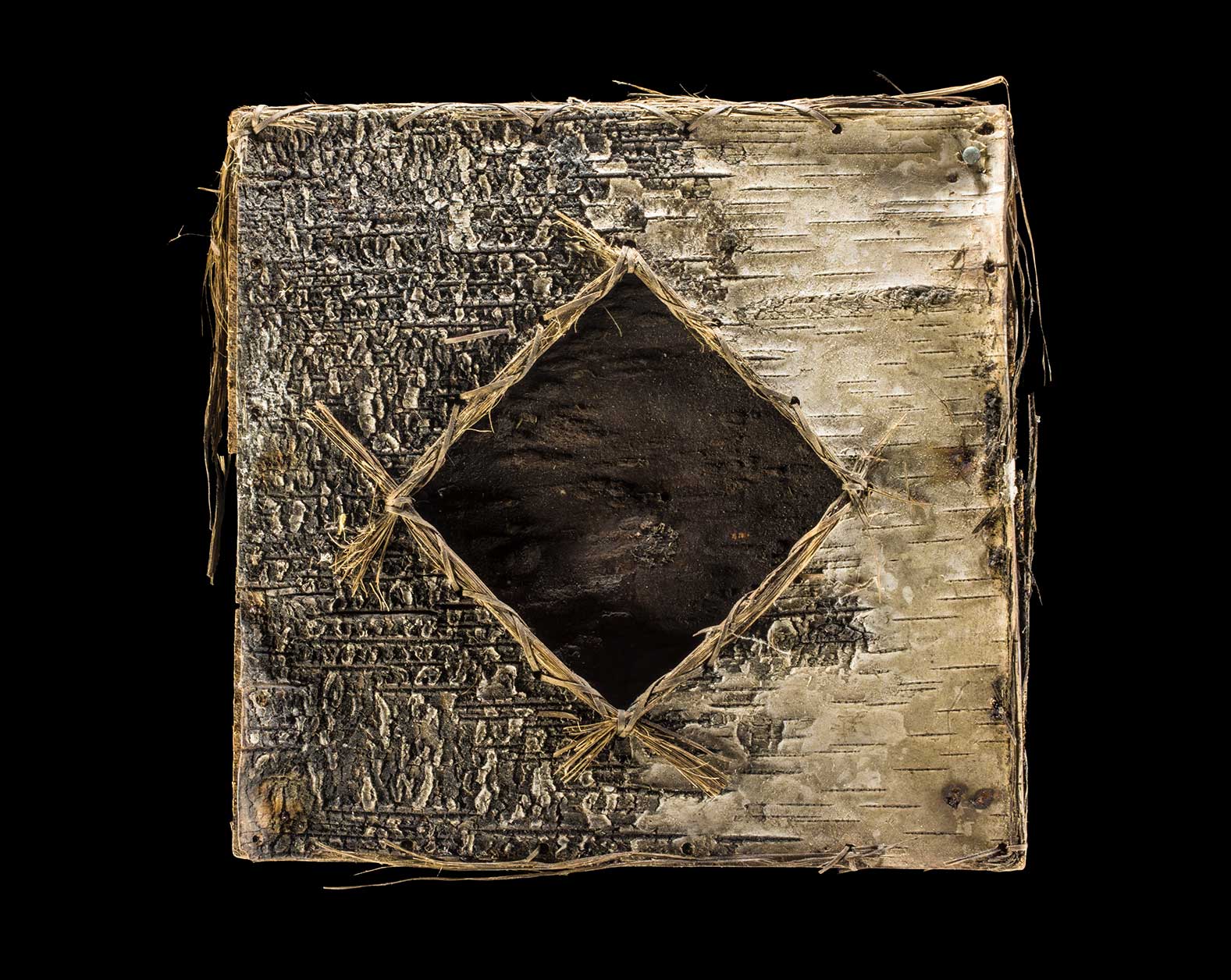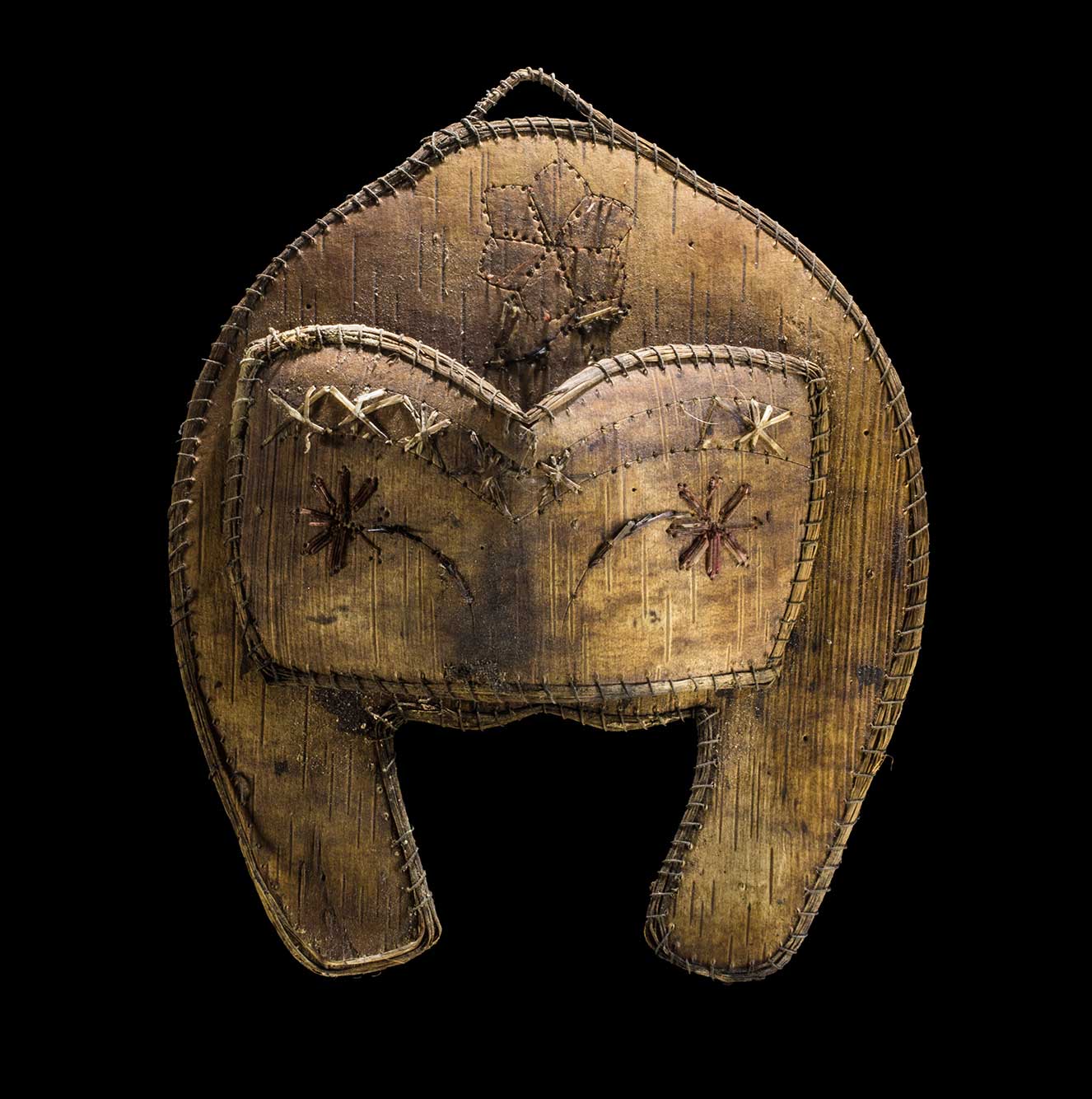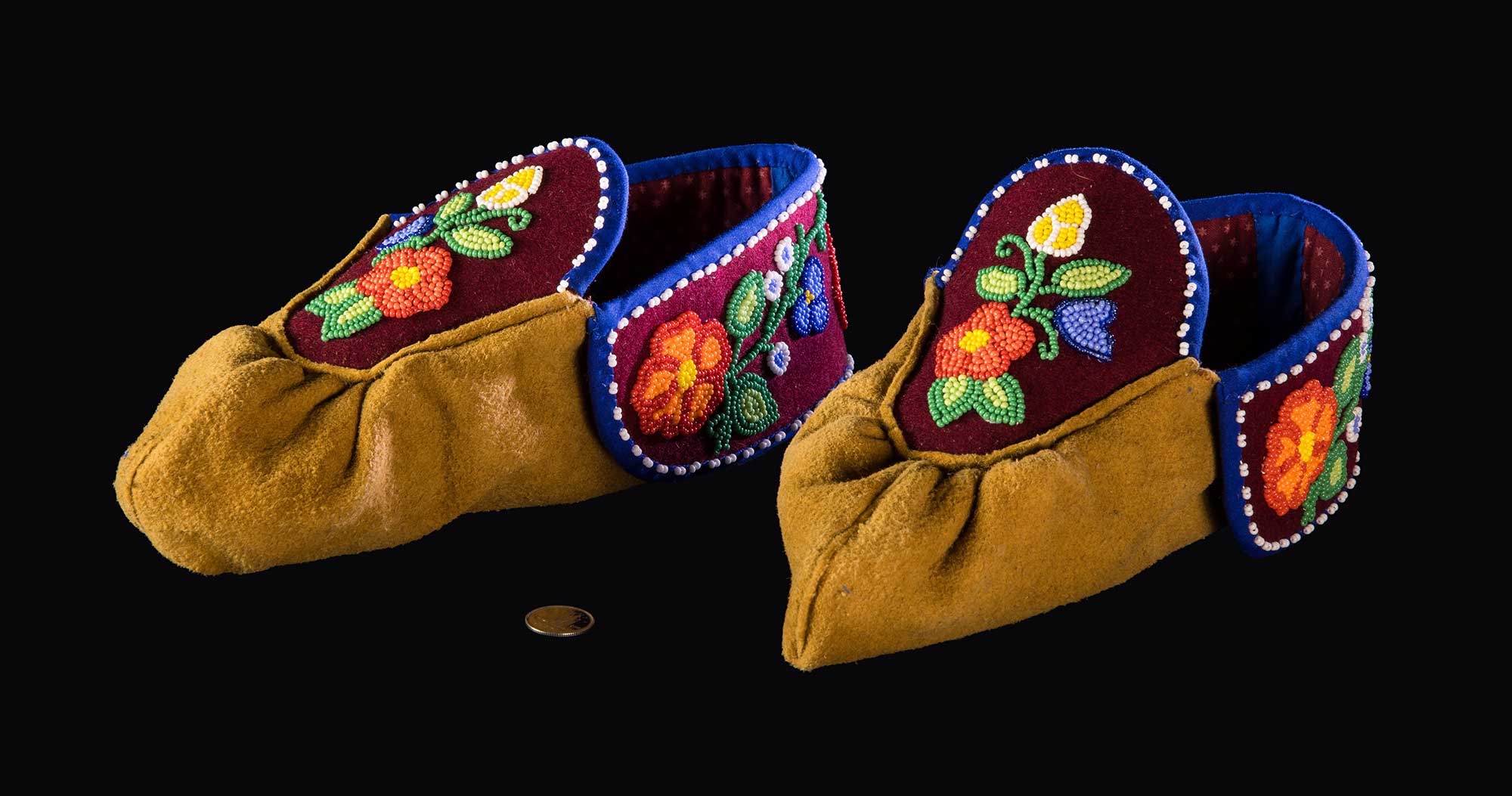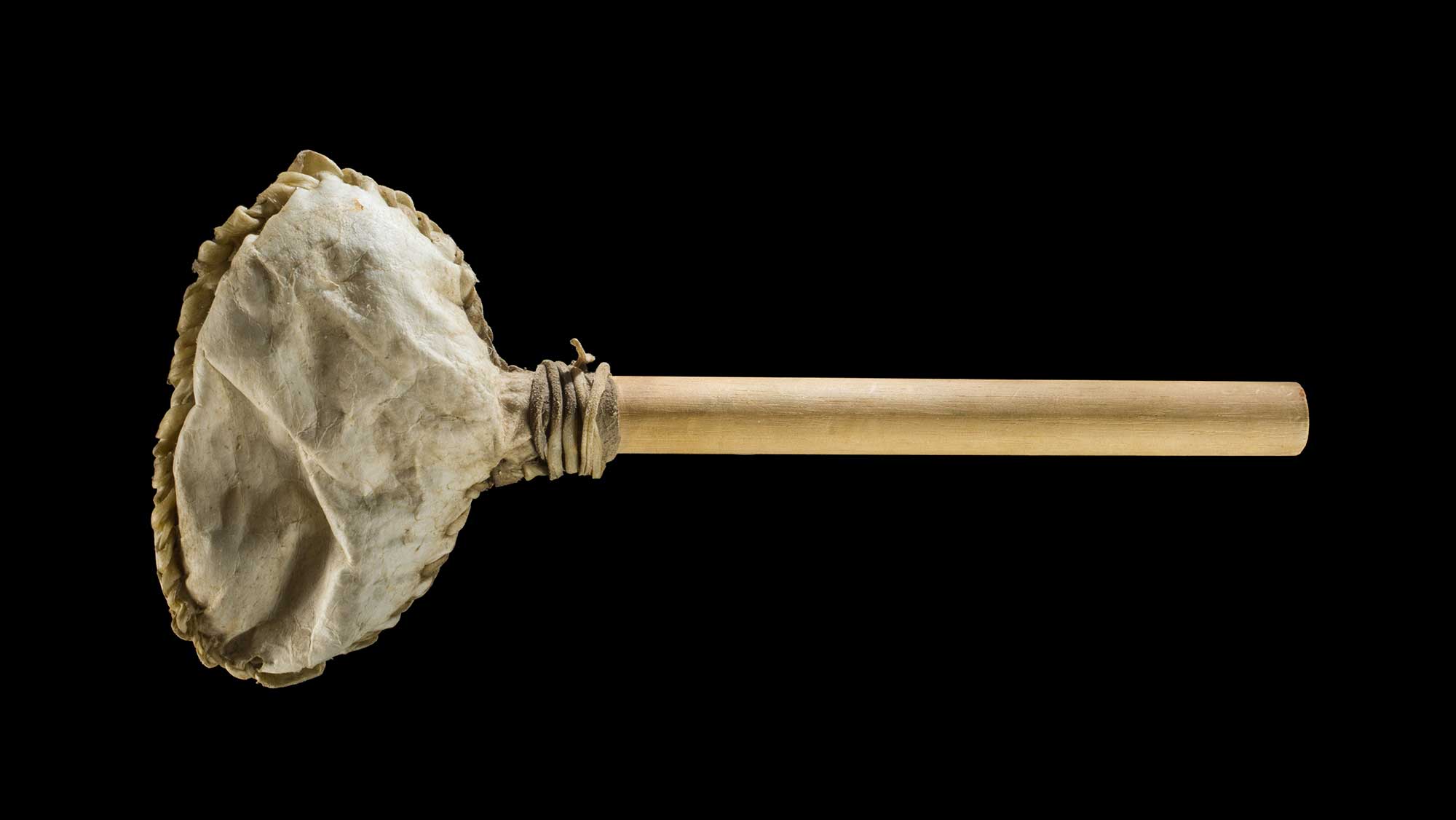Sault Ste. Marie, 1846, by Paul Kane. COURTESY GILCREASE MUSEUM, TULSA OK
THIRD LANDING
Arrival of the Anishinaabek
What You’ll Learn in this Section
On May 28, 1830, US President Andrew Jackson signed into law the Indian Removal Act. The law had the authority to forcibly remove all Indigenous nations east of the Mississippi River and migrate west, often referred to as the Trail of Tears. The Potawatomi Nation was affected by this legislation and many decided to migrate north to Canadian territory. In Misko-Aki Potawatomi families settled at Moose Deer Point first Nation and Wasauksing First Nation. Some families joined the Anishinaabek settlement at Beausoleil Island. These families can be traced by name through the Wooster Roll of 1907. Other family names can be traced to other Indigenous communities across modern-day Ontario.
• To learn more about the incredible lives and journeys of the Anishinaabek, follow this link to recorded stories, video and photos. www.georginaisland.com/stories
While a twelve-month calendar is common across the world today, there are actually thirteen moons in a year. Indigenous peoples have used the moon cycle to plan their annual activities for millennia, and therefore follow a thirteen-month lunar calendar. The Anishinaabek, Haudenosaunee, and other Indigenous nations have lunar calendars, with variations on the names and activities associated with each moon. Each month is associated with a particular activity such as planting, hunting, or harvesting medicines.
The sixth moon according to the Anishinaabek is the Strawberry Moon. The sixth moon appears in June. It was during this moon cycle that communities usually held their annual feasts, welcoming everyone home, regardless of their differences over the past year, letting go of judgment and/or self-righteousness. The strawberry is the first berry to ripen and is thought to be a good medicine for the teeth and heart. As strawberries are the first fruit harvested, it is a perfect time to celebrate together and enjoy nature’s gifts. Strawberry Moon festivals in June bring people and communities together at the beginning of the harvest to celebrate what, hopefully, marks the beginning of a good harvest season ahead.
The migration of the Anishinaabek began from their homelands in the Eastern Woodlands of North America. The Anishinaabek travelled through the Saint Lawrence River and spread throughout to the Great Lakes region, including Misko-Aki. Madeline Island, near Ashland, Wisconsin, was the final stage of the Anishinaabek migration.
The Anishinaabek Creation Story

Illustration of a Megis Shell.
The Anishinaabek creation story serves as a reminder of the relationship between the Earth and the original people. In the oral tradition, the stories containing knowledge and culture of the people are passed down from generation to generation reminding the people of their responsibilities to the Earth.
The creation story reminds the people that the Earth is alive and is a woman who creates and sustains all the life on Earth. She is considered the Mother. The Earth is related to the Sun (the Grandfather), the Moon (the Grandmother), and the Creator.
On the Earth, the four directions assist the Earth in sustaining life. The Creator sent singers to create birds to help bring life to the four directions. Then the water creatures, then plant life, then insect life, then all the animals that crawl and four-legged animals. Lastly, the human being was created using the Megis Shell and the breath of the Gitchee Manitou. The human beings were created in the image of Gitchee Manitou and were intended to live in peace and harmony with each other and the land.

LISTEN TO OUR STORIES
Myiingan B. Jeff Monague, Beausoleil (Christian Island) First Nation, talks about the Anishinaabek Migration to this area thousands of years ago and relationships to the land. (Length: 2:40)
A Natural Calendar
Indigenous cultures follow a seasonal cycle of life that requires an amazing amount of ecological knowledge, accumulated through many generations of experience, in order to live in harmony with the natural world. Ceremony, oral history, and on-the-land customary practices connect people to this place, which provides shelter, sustenance, and healing. The annual cycle of ecological events shapes the local cultures, which revolve around planting, cultivating, gathering, hunting, and harvesting. Ceremonies of gratitude are held as each seasonal activity brings forth new foods and medicines to renew life. Some significant markers are the flow of maple sap in the early spring, ripening berries, fish runs, fall hunting seasons, and times to gather roots and tree nuts.

While a twelve-month calendar is common across the world today, there are actually thirteen moons in a year. Indigenous peoples have used the moon to plan their annual activities for millennia, and follow a thirteen-month lunar calendar.
The Anishinaabek, Haudenosaunee, and other Indigenous nations have lunar calendars, with variations on the names and activities associated with each moon. Each month is associated with a particular activity such as planting, hunting, or harvesting medicines. The lunar calendar is often mapped out on a snapping turtle’s shell.
The Huron-Wendat also traditionally follow a calendar based on the cycles of the moon and patterns of nature. In 1638, one of the Jesuits (Peron) recorded, “They regulate the seasons of the year by the wild beasts, the fish, the birds, and the vegetation; they count the years, days, and months by the moon.”
Art of the Anishinaabek

Anishinaabek art is deeply rooted in the people and places of its communities. The Anishinaabek artists of the Misko-Aki region have been and continue to be inspired by the earth, water, sky, and species of this place. The Creation Story as well as other cultural teachings also feature heavily in works of art. Relationships between family, place, and animal ancestors – exemplified by the clan systems – provide inspiration for artists. The artistic style most associated with the Anishinaabek people is Woodland Art, also known as Legend or Medicine Painting, a genre of painting by Indigenous artists from the Great Lakes region and Manitoba, founded by Norval Morriseau.
Woodland Art uses contemporary mediums to express traditional legends and myths. It is rich with spiritual imagery and symbolism and often expresses the relationships between plants, animals, and people. The most famous artist of this style is Norval Morisseau, who was from the Bingwi Neyaashi Anishinaabek First Nation in Northwestern Ontario. Many other Anishinaabek artists have painted in this style and continue to do so today.
Bear Walker Society, 1992 by No rval Morisseau. Limited edition giclee print on canvas, edition of 200.
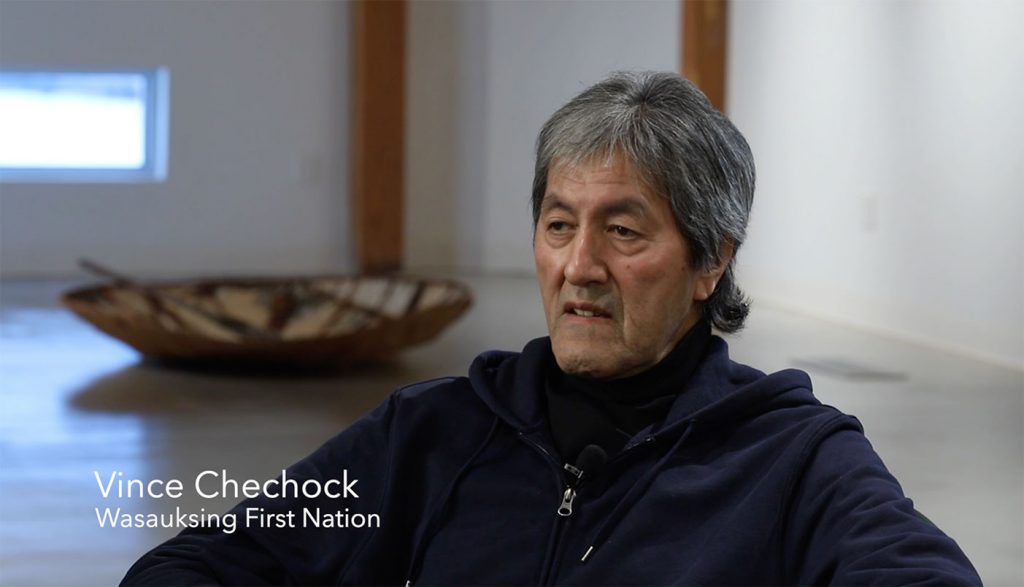
LISTEN TO OUR STORIES
Vince Chechock, Wasauksing First Nation, explains the Anishinaabek Seven Grandfather Teachings. (Length: 2:48)

7 GRANDFATHER TEACHINGS
RESPECT
Mnaadendmowin
Respect all of creation and it shall respect you. Respect flies in all directions and is symbolized by the Mgizi, the eagle. In order to have respect from someone or something, we must get to know that other entity at a deeper level. When we meet someone for the first time we form an impression of them. That first impression is not based on respect. Respect develops when one takes the time to establish a deeper relationship with the other. This concept of respect extends to all of creation. Like love, respect is mutual and reciprocal – in order to receive respect, one must give respect.
ICONIC OBJECTS GALLERY
Explore objects that reflect Misko-Aki’s ancient Indigenous history.
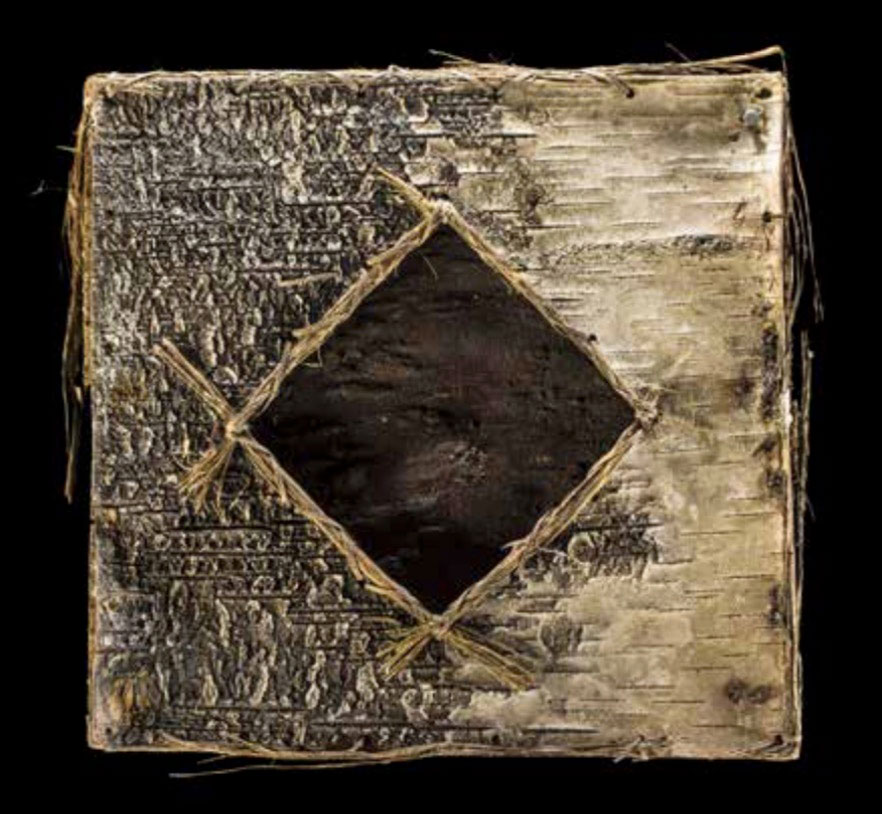
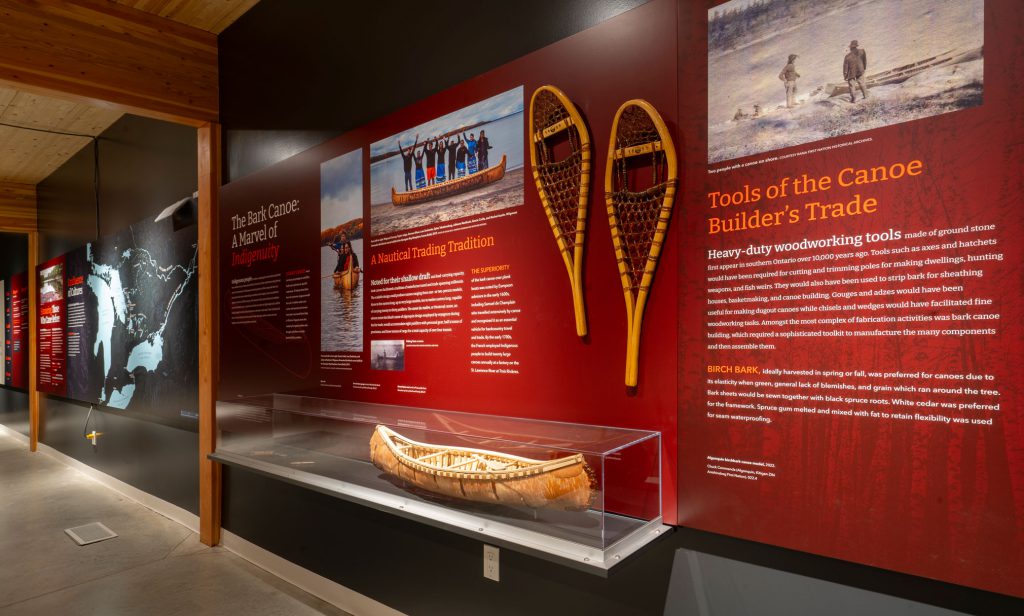
Are You Ready to Experience Misko-Aki in Person?
Visit the Muskoka Discovery Centre to explore Misko-Aki as well as our many other immersive exhibits, programs and activites.
Purchase Tickets
